The birth of the smart printer
Would you like your printer to diagnose itself and order the spare parts it needs?
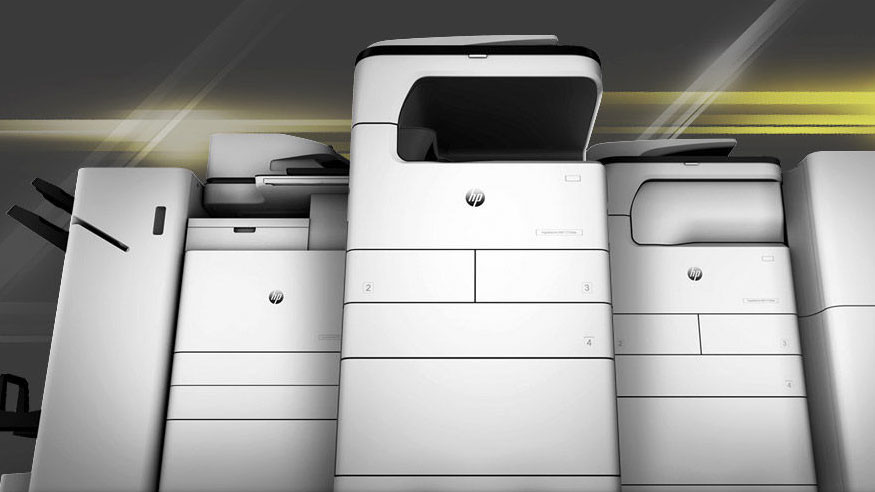
We've all met our share of stupid printers, from the ones that try to suck three sheets of paper from the input tray, then choke, to the ones that seem to eat incoming print jobs or break down just when you need them most. These are the printers that cause misery, fury and frustration; the printers that cause shaking fists, hissed threats and grumpy frowns.
But what if someone made a smarter kind of printer, not merely in the sense of something with an Internet connection and a colour touchscreen, but in the sense of a printer that somehow knew' what was going on inside it and could play an active role in keeping itself monitored, managed and maintained? What if these smart features meant more uptime and less downtime, giving you a printer you could rely on, whatever your needs? Wouldn't that help turn your frown upside down?
Well, that's exactly what HP is building with its new 16-strong line of A3 Office MFPs. Designed to work within a Managed Print Services (MPS) solution, they have the smarts to replace both your office lasers and your copiers too, giving you robust, reliable and secure printing and copying without any drama on the way.
The Building Blocks of Smart
To build a smart printer takes a combination of things, beginning with smart sensors inside the supplies and core components, capturing data on heat and performance that can be used to highlight potential faults. It also requires smart monitoring features inside the printer that can aggregate and analyse the data from these sensors and connect to HP management services, running in the cloud. These are the final parts of the puzzle, giving end-users or their MPS partners real-time, proactive information on the state of the supplies and the core components, to the extent of delivering proactive warnings that a part might malfunction before it does.
Few companies would have the expertise required to deliver all three building blocks, but then HP sits in a unique position. On the one hand, it has technology and experience in developing and using embedded sensors; they're already inside HP PCs and laptops and HP printers, not to mention the consumables used in HP printers. In its JetIntelligence toner cartridges, HP has built sensors that measure how many times the components have rotated, the amount of toner used, how much that toner has worn down and various environmental conditions that might affect the cartridge and its lifespan.
Beyond that, HP has unmatched experience in developing software, firmware and Web-based services to monitor, manage and support enterprise printers. Is it any wonder that the first truly smart printers should come from HP?
The Smart Advantage
So what can all this smart technology do? Well, bear in mind that HP's new A3 Office MFPs are designed to form part of an MPS solution, where HP and its partners provide all the hardware, software and services a business needs for copying and printing, starting with consultancy and progressing through configuration, management, monitoring and maintenance, all for a predictable monthly cost.
In this sector, reliability is crucial. The client enterprise pays for prints and copies, trusting the MPS provider to ensure that everything just works. That MPS provider wants to minimise its own interventions and service costs, while ensuring that the client gets the service that they're paying for. It's in both parties' interests to maximise uptime, minimise downtime and reduce the need for service calls. This is where the new breed of smart printers can help.
Current HP LaserJet and OfficeJet printers already use sensors to cut hassle and minimise downtime by monitoring the consumables and ensuring that replacements arrive before the old ones run out. The new A3 PageWide and LaserJet models extend that to other, more permanent components too. The hardware design helps, with both the PageWide and LaserJet models designed to minimise the number of working parts and build them into modular units that can be more easily replaced. However, HP's sensor-based, data-driven smart approach takes this to a whole new level.
Down with Downtime
For instance, imagine you're a technician, out on a call with a client. While you're on the road, you get a message from your cloud-based management portal that a printer with a different client in the nearby area is warning of a fault. While you're close you can visit the client, check the component and even replace it with a spare from the van. Meanwhile, the printer can intelligently modify performance to keep the component running until a replacement arrives. The provider fixes the issue before it even becomes an issue, without the time and expense involved in making two individual service calls. There's no significant downtime, so you get a happier client. That's good news for everyone concerned.
Not only does the provider know when a part is failing, they also know exactly which part or parts are involved. Combine that with the streamlined, modular design and it's easier to arrive with the right components, replace them faster and improve the provider's crucial first-time fix rate.
This is a world away from the standard story of the dumb' office printer, let alone its even dumber cousin, the office copier. Here even good suppliers only achieve a fix on the first call 80% of the time, with a smaller proportion making it to 90% or beyond. Otherwise, the tale is too often one of sudden failures, service call-outs that don't end in a resolution and downtime while a replacement part is found. That's a scenario that ends in dissatisfaction at the client's end and additional costs and hassle for the provider.
Both deserve better. Wouldn't it be great to have a first-time fix rate closer to 100% - or better still to fix a problem before the client even had to make a support call? That's what HP is hoping to achieve.
It's this approach to predictive management that HP sees as a key differentiator in its new assault on the A3 office printing market. As David Ryan, General Manager of the EMEA Print Business Group, puts it, it can enable the channel partner to be able to service its printers more efficiently and visit them no more than they have to, but also ensure that the end customer using the device has that device running more of the time, delivering the right quality printing, copying and scanning in fact, all the things they want.' That's the promise of smart printers, and it's fast becoming a reality.
Get the ITPro daily newsletter
Sign up today and you will receive a free copy of our Future Focus 2025 report - the leading guidance on AI, cybersecurity and other IT challenges as per 700+ senior executives
ITPro is a global business technology website providing the latest news, analysis, and business insight for IT decision-makers. Whether it's cyber security, cloud computing, IT infrastructure, or business strategy, we aim to equip leaders with the data they need to make informed IT investments.
For regular updates delivered to your inbox and social feeds, be sure to sign up to our daily newsletter and follow on us LinkedIn and Twitter.
-
 Bigger salaries, more burnout: Is the CISO role in crisis?
Bigger salaries, more burnout: Is the CISO role in crisis?In-depth CISOs are more stressed than ever before – but why is this and what can be done?
By Kate O'Flaherty Published
-
 Cheap cyber crime kits can be bought on the dark web for less than $25
Cheap cyber crime kits can be bought on the dark web for less than $25News Research from NordVPN shows phishing kits are now widely available on the dark web and via messaging apps like Telegram, and are often selling for less than $25.
By Emma Woollacott Published
-
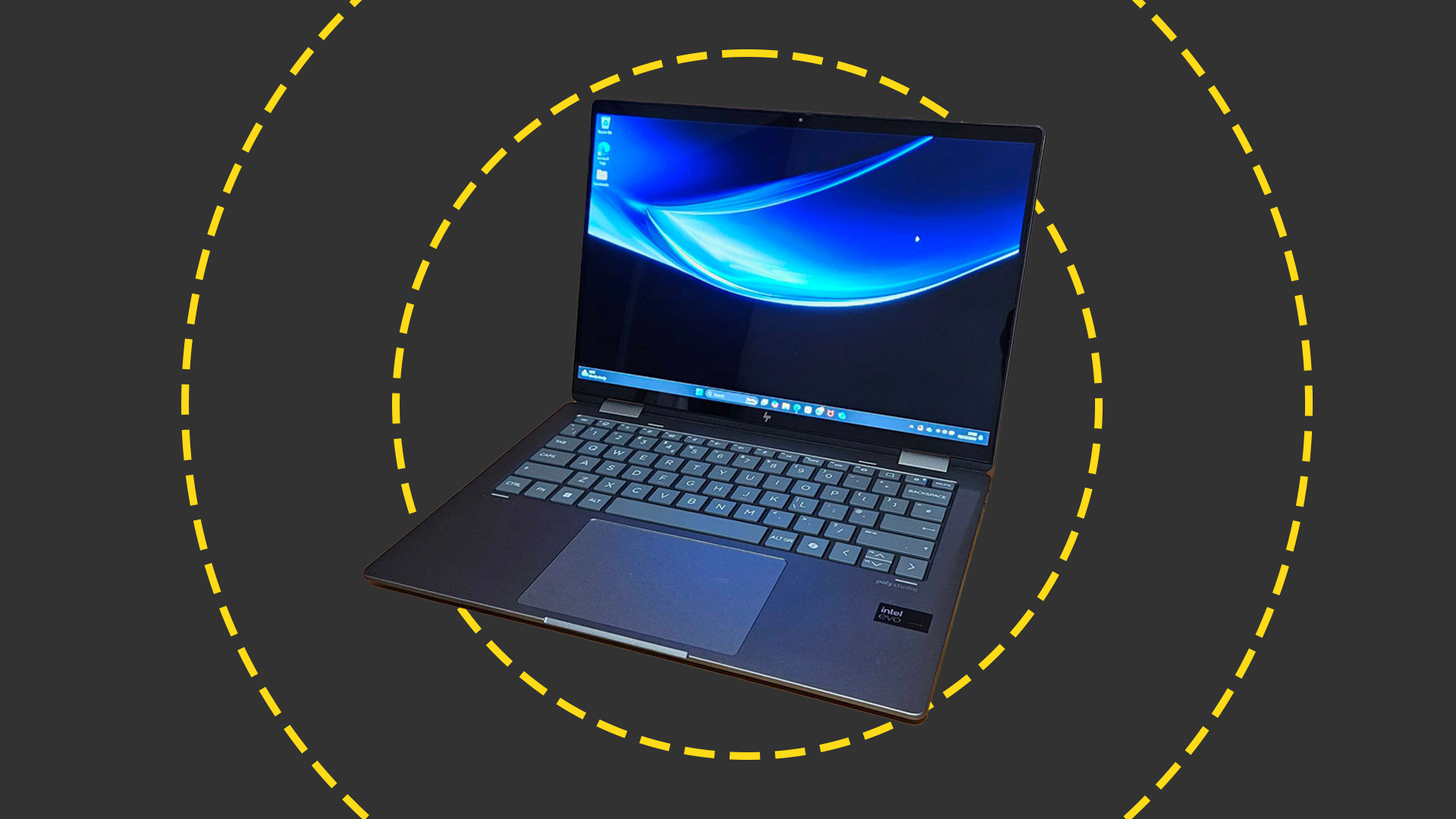 HP Envy x360 2-in-1 (14-FC0009NA) review: A cut-price AI PC for the enterprise
HP Envy x360 2-in-1 (14-FC0009NA) review: A cut-price AI PC for the enterpriseReviews The Intel-powered HP Envy x360 is a decent punt for its price point despite a few bugbears
By Keumars Afifi-Sabet Published
-
 Dell, HP post underwhelming returns as PC market remains in a state of flux
Dell, HP post underwhelming returns as PC market remains in a state of fluxNews Original equipment manufacturers (OEMs) are contending with an impending Windows 10 EOL and a burgeoning AI PC market
By George Fitzmaurice Published
-
 Help skilled workers succeed with Dell Latitude 7030 and 7230 Rugged Extreme tablets
Help skilled workers succeed with Dell Latitude 7030 and 7230 Rugged Extreme tabletswhitepaper Help skilled workers succeed with Dell Latitude 7030 and 7230 Rugged Extreme tablets
By ITPro Published
-
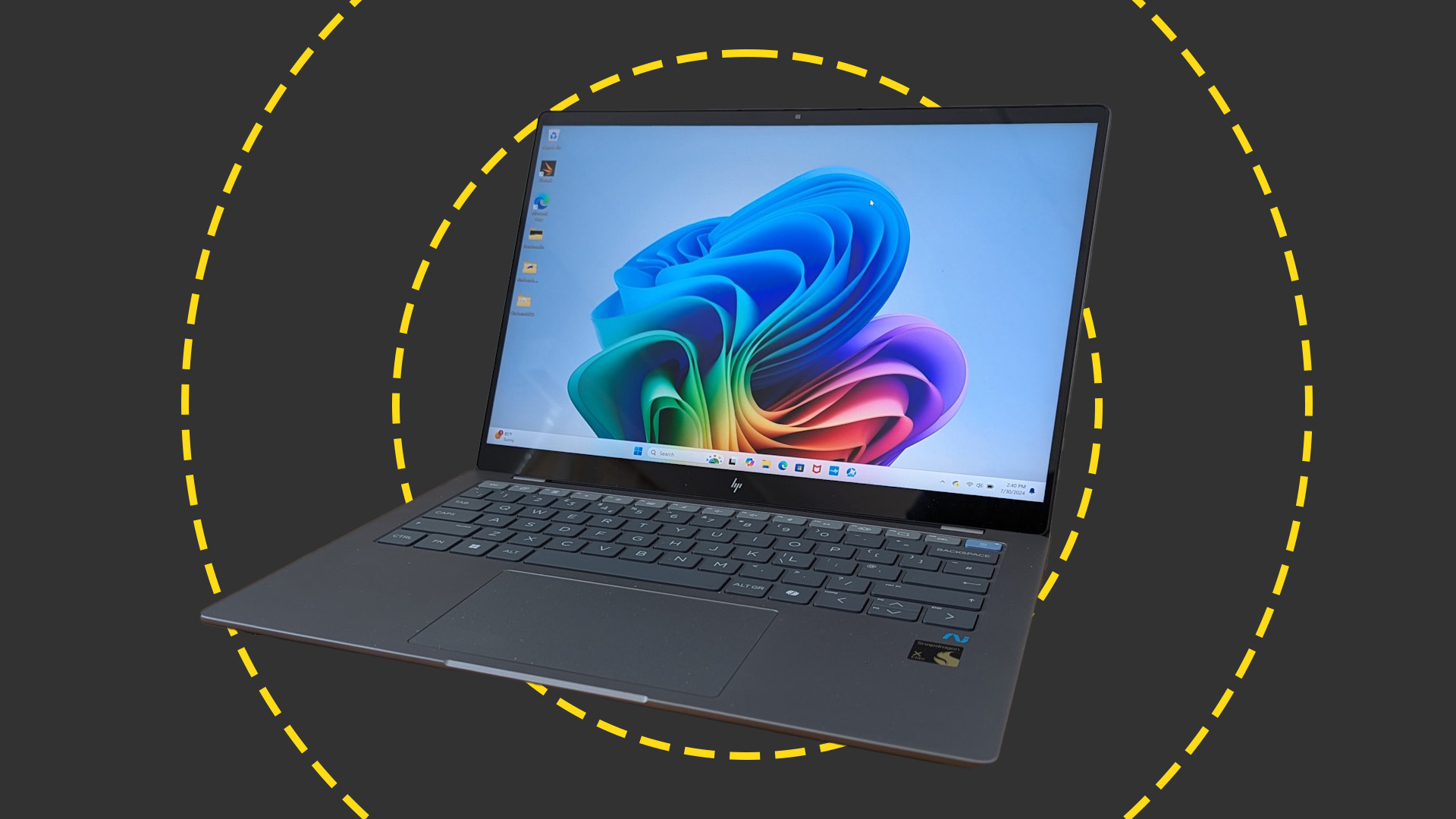
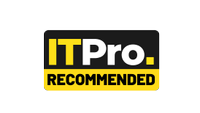 HP OmniBook X 14 review: Incredible battery life meets Copilot+ AI
HP OmniBook X 14 review: Incredible battery life meets Copilot+ AIReviews Ignore the slightly underwhelming screen and you have a brilliant thin-and-light laptop with AI capabilities and superlative battery life
By Stuart Andrews Published
-
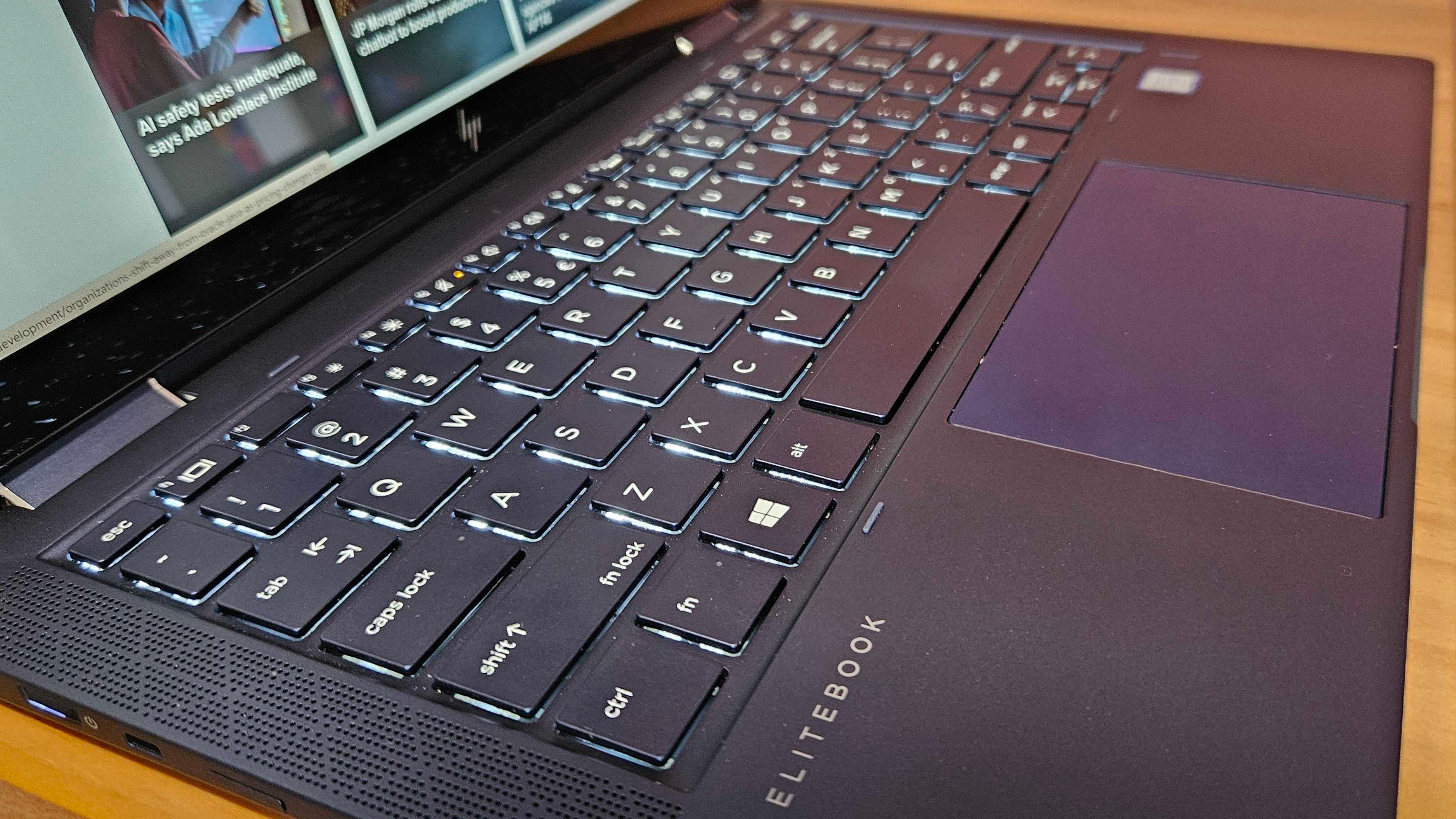 HP has scrapped its most compelling device as it aims for AI PCs — there is nothing like it left on the market
HP has scrapped its most compelling device as it aims for AI PCs — there is nothing like it left on the marketOpinion The HP Elite Dragonfly had everything you needed – a great battery, plenty of power, all the ports, and a fantastic display – until it was killed off
By Keumars Afifi-Sabet Published
-
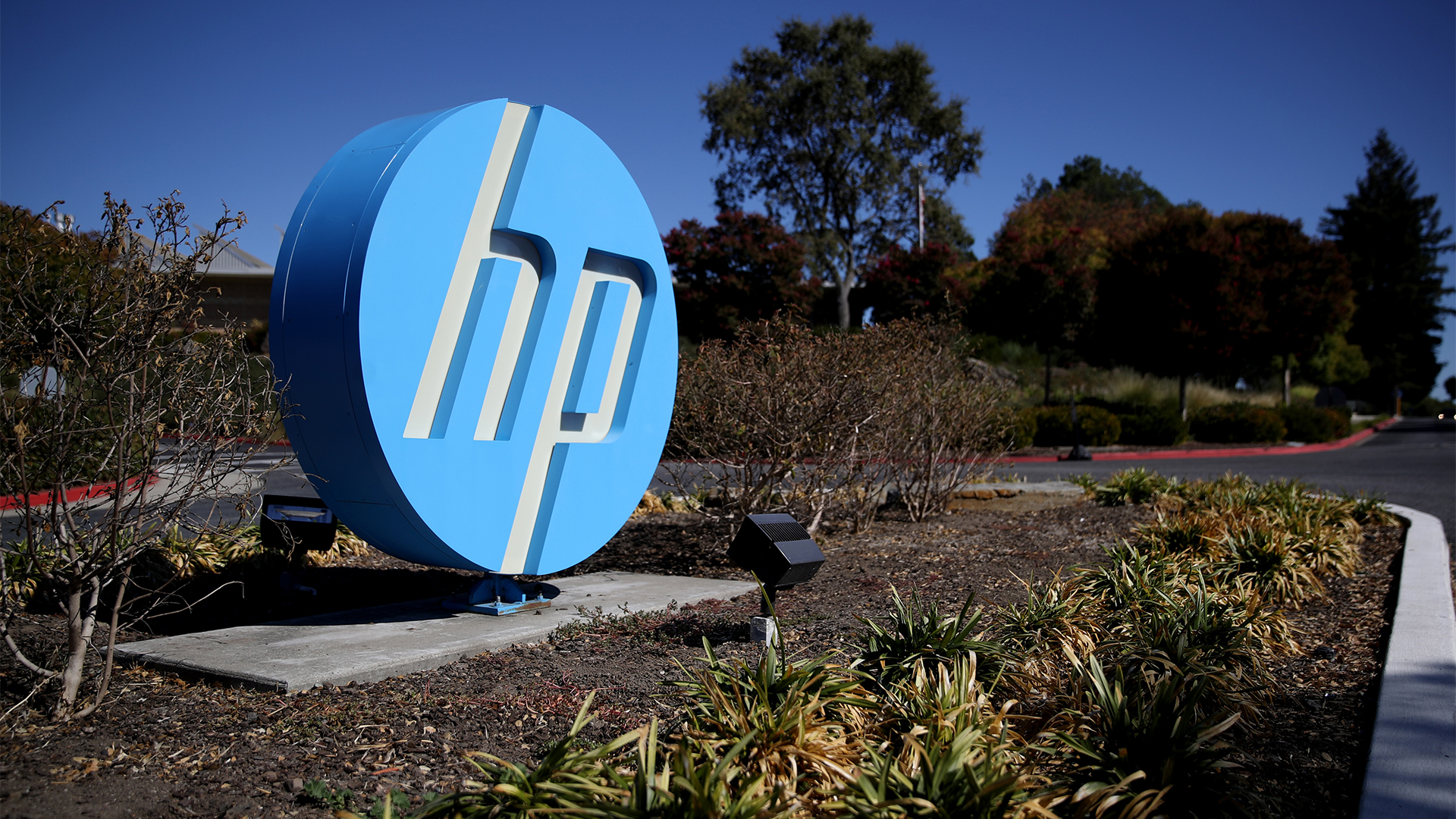 HP shows the AI PC ecosystem is starting to bear fruit — is it time for businesses to take note?
HP shows the AI PC ecosystem is starting to bear fruit — is it time for businesses to take note?Analysis The era of the AI PC may soon be upon us as software vendors start to realize the potential value of processing AI workloads locally
By Solomon Klappholz Published
-
 HP caps off its PC overhaul with the launch of the OmniBook Ultra 14 – its most powerful AI-powered laptop to date
HP caps off its PC overhaul with the launch of the OmniBook Ultra 14 – its most powerful AI-powered laptop to dateNews With the HP Dragonfly, Spectre, and Envy brands ditched in sweeping restructure of device portfolio, the OmniBook Ultra 14 marks the first major step into the era of the AI PC
By Solomon Klappholz Published
-
 HP just launched the world’s first business PCs designed to protect firmware against quantum hacking
HP just launched the world’s first business PCs designed to protect firmware against quantum hackingNews HP is worried about quantum security risks, so it’s upgrading devices to contend with future threats
By Ross Kelly Published
